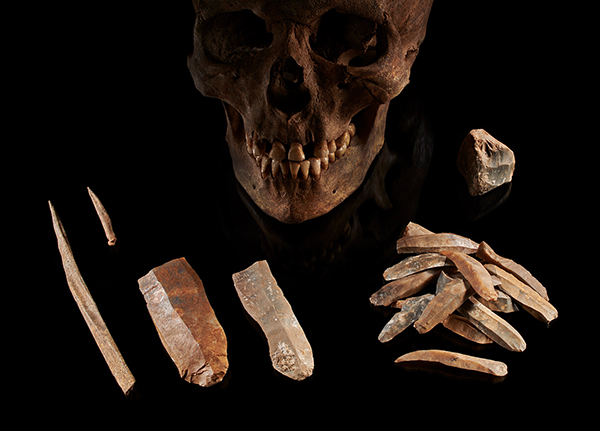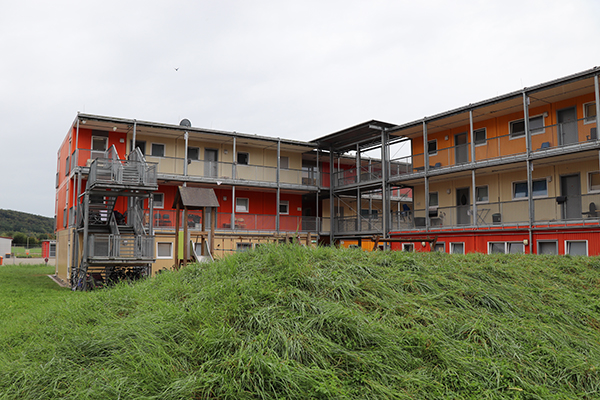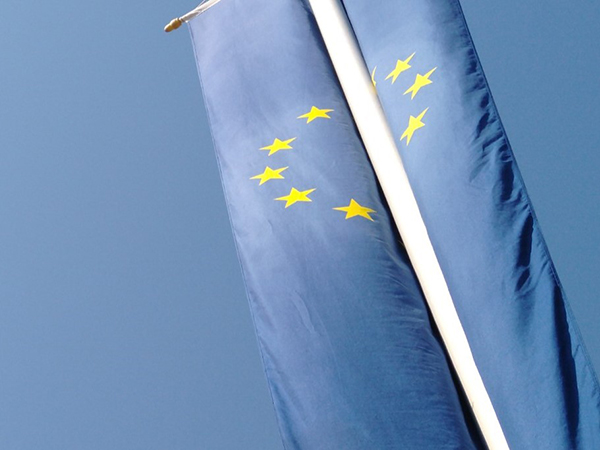By Michael Seifert
Have people in Europe always had light skin? A young scientific discipline, paleogenetics, can provide an answer to this question. tuenews INTERNATIONAL spoke to the expert Cosimo Posth, Junior Professor of Archaeo- and Paleogenetics at the University of Tübingen. “Our aim is to reconstruct the genetic diversity of people in the past and to explain historical changes caused by migrations, intermixing and the extinction of human groups. To do this, we take a tiny amount of organic matter from archaeological bone finds or teeth and can thus isolate the DNA, the human genetic material. In the last 13 years, we have reconstructed around 10,000 human genomes from the past in this way,” explains Posth.
The people in Europe belong to the human form “homo sapiens”, as do all people currently living around the world. The first groups of these humans arrived in Central Europe around 45,000 years ago from Africa via the Middle East along the Danube and also in our region, where Neanderthals, an older form of human, had been living for around 200,000 years. These first modern humans in Europe were nomadic hunter-gatherers who were able to adapt perfectly to the climatic conditions of the Ice Age.
“Like some modern humans in large parts of Africa, they were probably dark-skinned. However, not much of these first groups has been genetically preserved in us. It was only several waves of immigration and Ice Age cultures later that our ancestors probably came from the Balkans to Italy and spread from there across Europe. At that time, 14,000 years ago, a warm period emerged, the glaciers melted and forests formed in place of the steppes. The animals were drawn to the forests and the hunters followed them,” says Cosimo Posth, summarizing the current state of science.
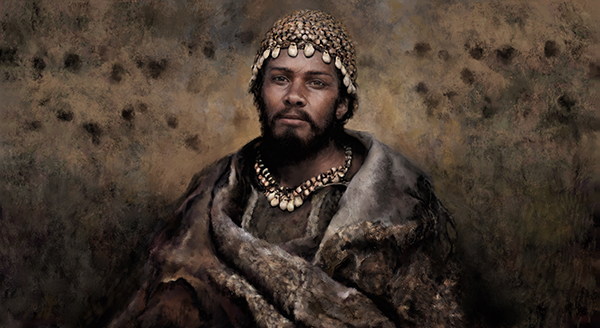
“These people were probably also dark-skinned. We have around 10 percent of our genetic material from them. We also have the 2 percent Neanderthal genes from them, because they encountered Neanderthals much earlier in the Middle East and mixed with them. And they brought the blue eyes to Europe,” adds Posth. He has to speculate as to how the blue eyes came about: “It was probably a random mutation and then people may have thought: that looks nice.” This is why the blue eyes would have prevailed in mate selection and thus in reproduction.
Another large wave of immigration brought the first farmers from Anatolia to Europe 8,000 years ago. They brought with them cultural achievements such as permanent residences, agriculture and animal husbandry as well as pottery. They also had lighter skin and, according to paleogeneticists, are responsible for around 40 percent of our genetic material. They lived alongside the indigenous hunter-gatherers and later in the north with them, which led to genetic exchange.
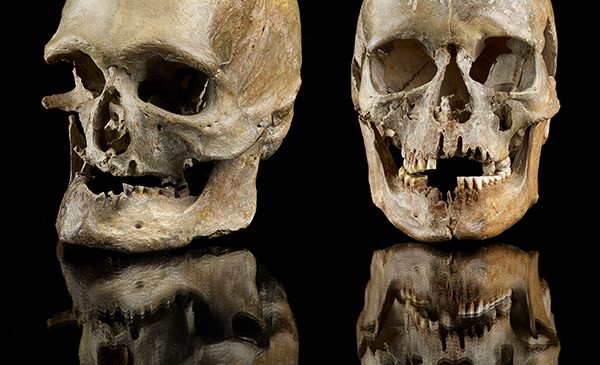
While the skin color of these people was still quite variable, the inhabitants of Europe finally became light-skinned after the next wave of immigration about 5,000 years ago: At that time, steppe riders from the eastern steppes north of the Black and Caspian Seas came to Europe in large numbers. As Cosimo Posth explains, it is their genes that determine us most today, accounting for 50 percent of our genetic material. They also introduced a number of cultural innovations: the wheel and chariot, herds of cattle and thus pasture farming, and the Bronze Age in Europe began with the first use of metals.
Posth attempts to summarize the historical development: “Long before the refugees of today, people came as migrants from the East and populated Europe, they brought many cultural innovations and our genetic material of today emerged from the population mixtures.”
With the rapid methodological developments in palaeogenetics, Cosimo Posth expects many more interesting findings: “Today, a small spoonful of sediment is enough for us to identify a hundred different organisms that populated a settlement layer, from bacteria to plants, animals and humans. We will try this out in a new project.” And he hopes to find new sites in regions where hardly any human bones have been excavated to date.
tun23082205
Männlicher Schädel und Steinwerkzeuge von Jägern und Sammlern, die noch vor etwa 7.000 Jahren im heutigen Brandenburg lebten. Sie vermischten sich nicht mit den ersten europäischen Bauern und wurden schließlich verdrängt. Foto: Volker Minkus.
002229
002230
002231

